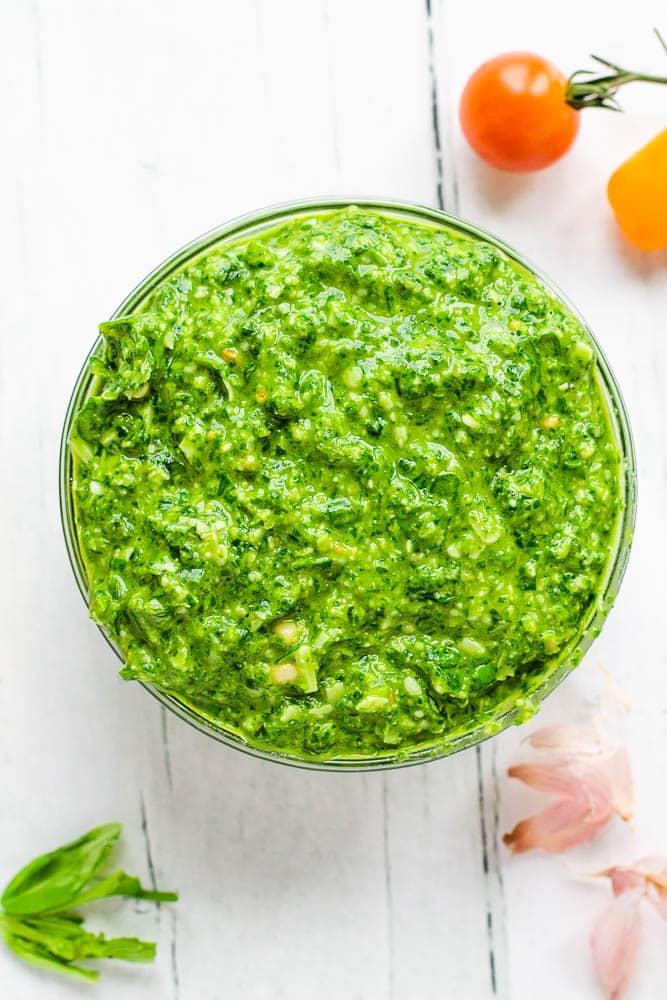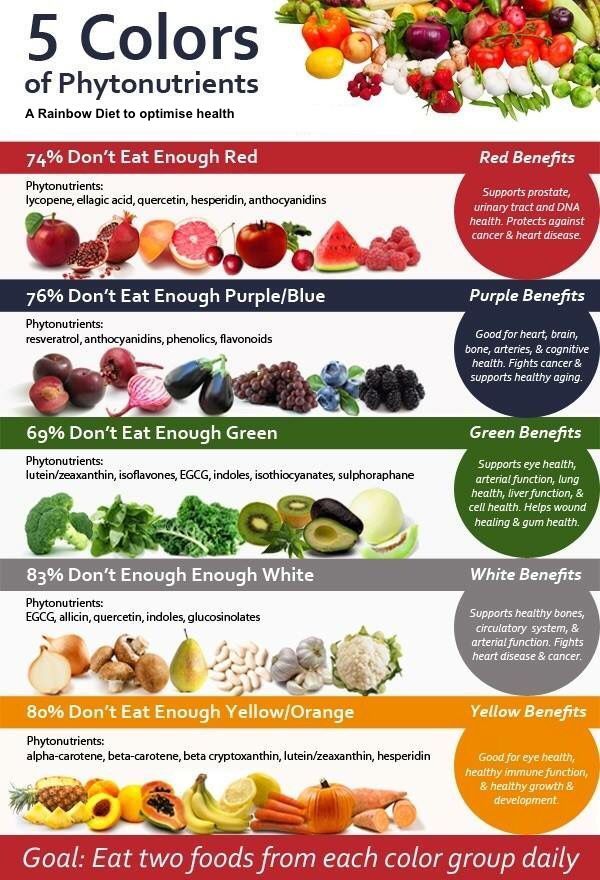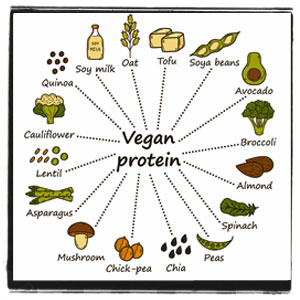
Pupusas reveltas is a traditional Salvadoran food made from thick corn tortillas that are filled with refried bean and cheese. These are usually served with curtido - a fermented coleslaw - and salsa red.
Pupusas can be found in Latin countries and also in places where Latin immigrants are settled. In Central America the pupusas usually are grilled on a grill called a "comal".
Revuelta translates to "stuffed" in Spanish. These savory bites can be stuffed with anything - from refried fajita beans to squash flower blossoms. Other items can be added to the top, like pickled cabbage, salsa roja and refried beans, to enhance their flavor.
These traditional Salvadoran dishes are often served with masa harina or cormeal, a mixture made of rice and corn combined with water. These doughs are soft and easy to work with, and they can be stuffed with many different kinds of fillings.

To make a pupusa you will need to mix the masa-harina together with the salt in a bowl. Add the water, and continue mixing until you get a dough which is not only malleable, but also non-sticky. Then, add more water to the dough as needed.
Form golf ball sized balls using your hands when the dough has become smooth. In the middle of each ball, place a small amount chicharron or refried beans, or a combination. Seal the hole in with some dough and then flatten to a disk. Place it on a hot skillet. When the bottom of each is golden brown, flip and repeat with the remaining dough balls.
You can use a small amount of oil to lubricate the fingers so they do not stick to your dough. You can set a small bowl of water near your work station so you can wet your hands as needed.
Once the dough is ready, make a hole in the middle of each ball with your thumb and fill it with a piece of refried beans or chicharron. Closing up the hole with some dough is the best way to seal it. Fold the dough over the chicharron or refried beans.
These puffy and crunchy treats are ideal for breakfast, dinner, or lunch. They're high in nutrients and calories, making them an ideal meal for those looking to consume a healthy diet.

Make a pupusa the right way by rolling out a long, thin dough and stuffing it with cheese or refried edamame beans. This recipe can be used for parties and family meals.
Try a more sophisticated recipe by adding shredded ham and cheese. This cheesy treat is sure to please your whole family!
Place the puffy treats in a heavy skillet such as cast-iron when you are ready to serve them. The pan should be heated to medium-high heat. Let them cook on both sides for a couple of minutes. Once they have a golden brown color, flip them to the other surface and continue to cook for several minutes. It will help to give them a golden brown and crispy crust.
FAQ
What is the problem of BMI?
BMI stands for Body Mass Index. This is a measure of body fat that is calculated based on height or weight. Here is how to calculate BMI using the following formula.
Weight in kilograms divided with height in meters.
The result is expressed as a number from 0 to 25. A score of 18.5 indicates that you are overweight and a score of 23 indicates that you are obese.
A person who is 100kg and 1.75m tall will have a 22 BMI.
Which are the top 10 foods you should eat?
These are the top 10 foods to eat.
-
Avocados
-
Berries
-
Broccoli
-
Cauliflower
-
Eggs
-
Fish
-
Grains
-
Nuts
-
Oats
-
Salmon
What is the best way to live a healthy lifestyle?
You can live a healthier lifestyle if you eat healthy food and exercise regularly. You will live a long and happy life if you adhere to these guidelines.
Start small by changing your diet and exercising routine. For example, if you want to lose weight, try walking for 30 minutes every day. For more activity, you can try swimming or dancing. An online fitness program such as Strava or Fitbit that tracks your activity could be a good option.
What causes weight loss as we age?
How do you tell if there are any changes in your bodyweight?
Weight loss occurs when there is less fat than muscle mass. This means that daily energy needs must be greater than the calories consumed. A decreased level of activity is the main cause of weight loss. Other factors include stress, pregnancy and hormonal imbalances. Weight gain occurs when there is more fat than muscle mass. It occurs when people eat more calories each day than they use. There are many reasons for this, including overeating and increased physical activity.
Our bodies lose weight because we eat fewer calories than we burn. Regular exercise increases metabolism, which means that we burn more calories per day. This does not necessarily mean that we will get thinner. All that matters is whether we are losing or gaining weight. If we're burning more calories than we're consuming then we're going to lose weight. But, if we consume more calories then we burn, then they are being stored as fat.
As we get older, we tend not to be as mobile and move as fast. We also tend not to eat as much food as we used to when we were younger. Also, we are more likely to gain weight. However, our muscle mass is more important than our actual size.
If you don't weigh yourself every week, there's no way of knowing how much weight have you lost. There are many different ways to measure your weight. There are several ways to check your waist size. Some people prefer to use bathroom scales while others like to use tape measures.
For a better track of your progress, try to weigh yourself once per week and measure your waistline once every month. You can also take photos of your self every few months to see the progress you have made.
Online data can be used to determine your weight. For example, if your height is 5'10", and your weight is 180 pounds, then you'd probably be 180 pounds.
Which diet is best for me?
There are many factors that influence the best diet, including your gender, age, weight, health condition, lifestyle, and personal preferences. Consider how much energy and low-calorie foods you consume, as well as whether or not you are a fan of fruits and vegetables.
Intermittent fasting may be a good choice if you want to lose weight. Intermittent fasting allows you to consume only specific meals throughout your day rather than three large meals. This may be a better option than traditional diets with daily calorie counts.
Some studies have suggested that intermittent fasting might improve insulin sensitivity. It may also reduce inflammation. This can lead to a reduction in blood sugar levels, and less risk of developing type 2 diabetes. Other research suggests that intermittent fasting may promote fat loss and improve overall body composition.
What should my diet consist of?
Consume lots of fruits, vegetables. They are high in vitamins and minerals, which can help strengthen your immune system. They are also rich in fiber, which is good for digestion and makes fruits and vegetables filling. Aim to eat five to six servings of fruit or veg each day.
Get plenty of water. Water flushes out toxins and helps you feel full between meals. Drink about eight glasses each day.
Refined grains should be replaced with whole grains. Whole grains are rich in nutrients such as iron, zinc and magnesium. Refined grains have been stripped of some of their nutrition.
Avoid sugary drinks. Sugary drinks are full of empty calories and lead to obesity. Instead, choose water, milk, and unsweetened tea.
Avoid fast food. Fast food has little nutritional value. While it might taste good, it won't give your body the energy it needs to function properly. Use healthier options, such as soups, sandwiches, salads, and pasta.
Limit your alcohol intake. Avoid alcohol as it can cause empty calories and poor nutrition. Limit the amount of alcohol you consume in a given week to no more than 2 alcoholic beverages.
Reduce the consumption of red meat. Red meats have high levels of cholesterol and saturated fat. Lean cuts of beef or pork, lamb and chicken, as well as fish and turkey, are better choices.
How often should you exercise?
It is important to exercise for a healthy lifestyle. You don't have to exercise for a certain amount of time. The key is to find something that you enjoy and to stick with it.
Three times per week, aim for 20-30 minutes moderate intensity activity. Moderate intensity means you'll still be breathing hard after you've finished. This type of workout burns around 300 calories.
Walk for 10 minutes four days a semaine if you prefer walking. Walking is low in impact and easy for your joints.
Jogging is an alternative to running. You can do it for as little as 15 minutes each day. Running is a great way to burn off excess calories and build muscle tone.
Begin slowly if your are new to exercising. Begin by doing 5 minutes of cardio each day, a few times per week. Gradually increase duration until you achieve your goal.
Statistics
- nutrients.[17]X Research sourceWhole grains to try include: 100% whole wheat pasta and bread, brown rice, whole grain oats, farro, millet, quinoa, and barley. (wikihow.com)
- WHO recommends reducing saturated fats to less than 10% of total energy intake; reducing trans-fats to less than 1% of total energy intake; and replacing both saturated fats and trans-fats to unsaturated fats. (who.int)
- Extra virgin olive oil may benefit heart health, as people who consume it have a lower risk for dying from heart attacks and strokes according to some evidence (57Trusted Source (healthline.com)
- According to the Physical Activity Guidelines for Americans, we should strive for at least 150 minutes of moderate intensity activity each week (54Trusted Source Smoking, harmful use of drugs, and alcohol abuse can all seriously negatively affect your health. (healthline.com)
External Links
How To
27 Steps to a Healthy Lifestyle when Your Family Buys Junk Food
Cooking at home is the most popular way to eat healthily. However, this is often difficult because people do not know how to prepare healthy meals. This article will offer some suggestions on making healthier choices when dining out.
-
Find restaurants that offer healthy options.
-
Order salads before you order any meat dishes.
-
Ask for sauces without added sugar.
-
Avoid fried items.
-
Choose grilled meats over fried.
-
Order dessert only if you absolutely need it.
-
Make sure that you have something else to eat after dinner.
-
Eat slowly and chew thoroughly.
-
Drink plenty of water while eating.
-
You should not skip breakfast or lunch.
-
Fruits and vegetables are a great addition to every meal.
-
Drink milk rather than soda.
-
Avoid sugary beverages
-
Reduce the salt content of your diet.
-
Try to limit your frequent visits to fast-food restaurants.
-
If you can't resist temptation, ask someone to join you.
-
You should not allow your children to watch too many TV programs.
-
Turn off the television during meals.
-
Do not consume energy drinks.
-
Take frequent breaks from your job.
-
Get up early in the morning and exercise.
-
Get active every day.
-
Start small, and work your way up.
-
Set realistic goals.
-
Be patient.
-
Even if you don’t feel like it, find the time to exercise.
-
Positive thinking is key.